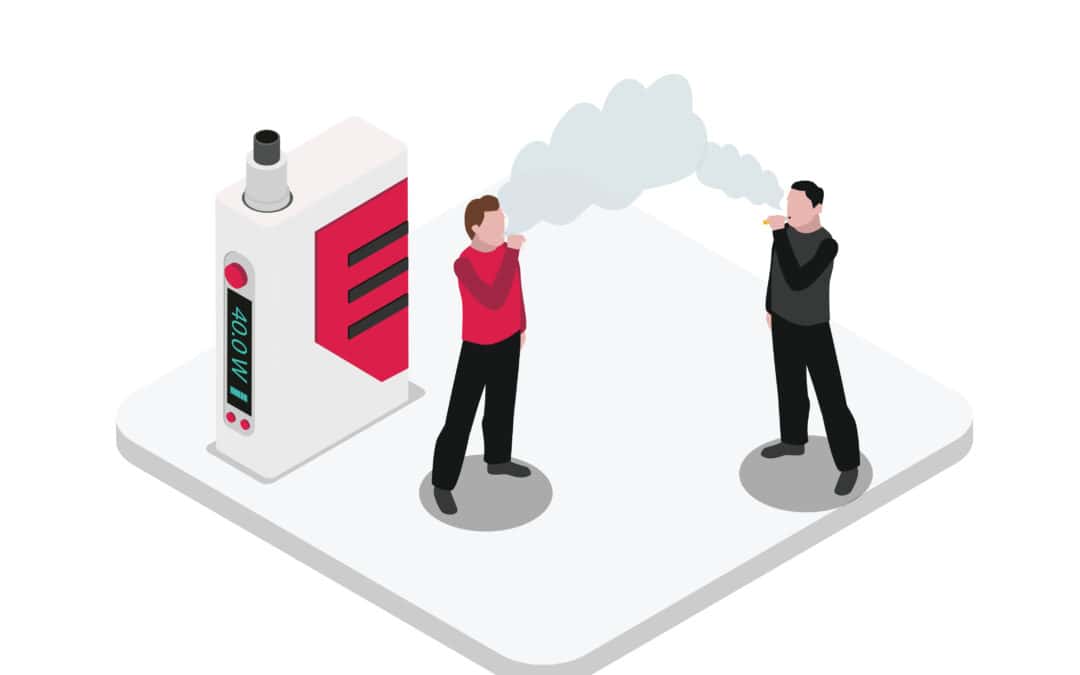How Technology and Education are Strong Allies in the Fight Against Vaping in Schools
While a 2022 CDC study found that over 2.5 million middle and high school students in the United States self-reported using vape devices, other studies have put the actual number at more than double that amount. In 2024, school administrators across the nation continue to identify youth vaping and its related behaviors as a top concern in their schools and communities.
Purposefully targeting youths, manufacturers promote these vape pens as fun, easy to use, and cool, selling them in fruity and sweet flavors that seem innocent. But vaping is far from harmless, depositing thousands of health-impairing chemicals into the bodies of children with every inhalation. Vape includes high concentrations of nicotine—which is highly addictive and proven to harm teens’ still-developing brains—and formaldehyde and diacetyl, which is known to irreversibly damage small passageways in the lungs. Vape pens may also contain marijuana concentrates. In addition to the physical hazards, vaping very often brings on a host of behavioral issues. A 2021 report by Baylor College of Medicine identified that nicotine dependence via vaping has been “associated with impulsivity, mood disorders, anxiety, suicidality, and depression” in teenagers, confirming what school officials and parents have been seeing in children across the country.
Among the tools that, when used in concert, are proving to be effective in lowering incidences of vaping in schools are professional counseling, intervention strategies, and anti-vape education programs–each an important element that should certainly be part of any plan. The most effective educational programs avoid scare tactics, focusing instead on an institution’s anti-vaping rules, include facts about the serious and long-term effects of vaping, and teach students to recognize when advertising campaigns are manipulating them in unhealthy ways. They also involve adult populations in the school community, such as coaches, teachers, parents, and after-care providers.
Additionally, we now have advanced technology called vape detectors that, when combined with these prevention strategies, dramatically reduces vaping and related behavioral issues among students. ICAS is a resource for these state-of-the-art vape sensors, which can be placed anywhere vaping might occur in schools, such as locker rooms, stair wells, bathrooms, or other secluded indoor areas. Sensitive and highly effective, these vape detectors quickly detect the chemical signatures of vape pens and attending ambient sounds, alerting school administrators in real-time and allowing for immediate intervention.
Professionally installed by ICAS and compliant with privacy mandates, Vape Detectors can be easily integrated with any network, such as Wi-Fi, cellular, LoRaWAN, and YoLink. The device detects vape, nicotine, THC, and noise levels in the air and sends an immediate notification personnel for intervention. Deter vape with the ICAS Vape Detection Solution, tailored for schools and other vulnerable environments.
In our efforts to protect the health and welfare of our children, we should use every tool available to us. By embracing today’s technological advances, we can bolster prescribed emotional and behavioral approaches while remaining cognizant and respectful of the individual, and dramatically increasing the success rates of our efforts to end this menace to our children’s well-being.

